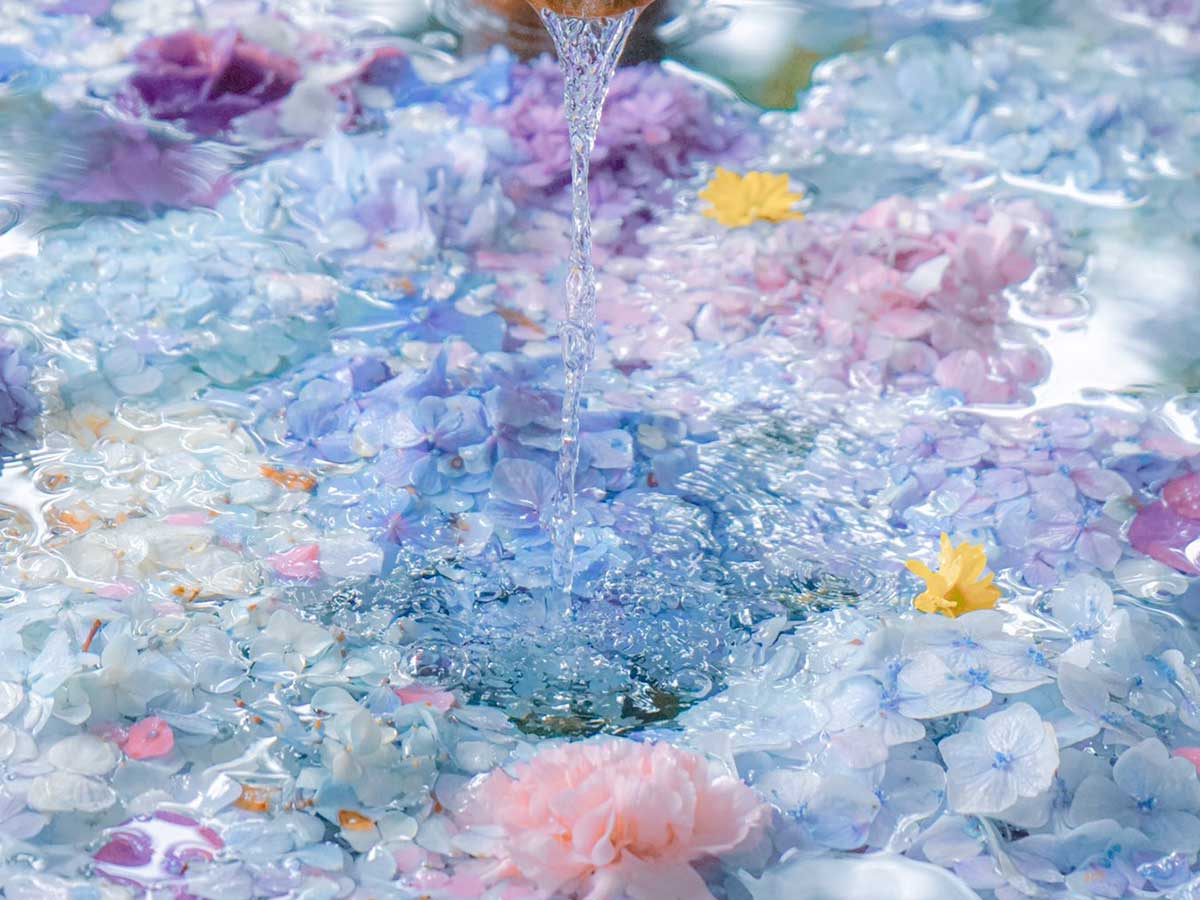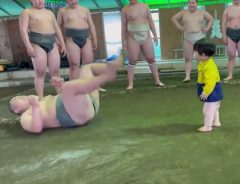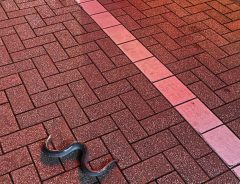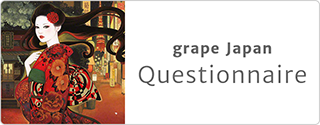
Source: @somewakeyakko
Photographer catches soothing summer sight of sea of Hydrangea flowers at Japanese temple
- Tags:
- Hydrangea / Photography / Twitter
Related Article
-

Can You Successfully Complete This Addicting Game Of “Stop-The-Sleeve”?
-

1-year-old impresses with adorable technique in sumo wrestling debut
-

Big Chonk Shiba Inu Turns Into Sumo Dog While Answering The Call Of Nature
-

Japanese Twitter user’s unreal encounter on city streets shows the freshness of quality seafood
-

10 Photos That Prove Japan’s Natural Beauty is Not of This World
-

80-Year-Old Japanese Man Wire Crafting As A Hobby Shows Off Astounding Artistry


Chozuya are water ablution pavilions or basins typically found at Shinto temple or shrine, where visitors cleanse their hands and sometimes rinse their mouths before or after the prayer.
Due to ongoing pandemic restrictions and preventative measures, many shrines have restricted the use of Chozuya by floating Hydrangea flowers in the water fountains, which have come to be called “Hana(Flower)chozu”. Between May and July, which is the peak blooming season for Hydrangea flowers, you will be able to see local shrines participating in this tradition, and the sight of Hydrangea flowers floating in the Chozuya very commonly.
Japanese photographer and Twitter user Somewakeyakko (@somewakeyakko) often shares daily photos on Twitter. Recently, she took a photo of a Chozuya at Tsurugaoka Hachiman-gu in Kamakura, Kanagawa prefecture.
Take a look at this stunningly clear, beautiful example of Chozuya.
Source: @somewakeyakko
The sight of water droplets gently falling on to the light blue color Hydrangea flowers is just so beautiful.
It looks so serene that you feel cleansed just by looking at this.
There were many people who were also moved by this photo.
"I never knew that the sight of water and Hydrangea flowers had such chemistry."
"This is dreamingly beautiful. It is so cooling, too."
"I feel like this cleansed my soul. Therapeutic for my eyes and the soul."
Apparently, depending on the angles and the light exposure, the same Hanachozu could look very differently, too. This type of photo is only limited to the Hydrangea season. It makes it even more special.